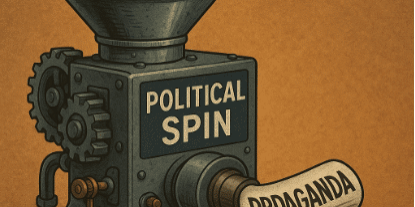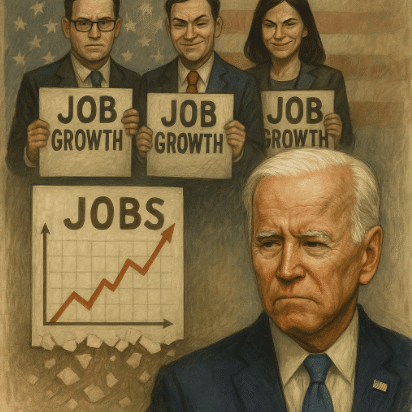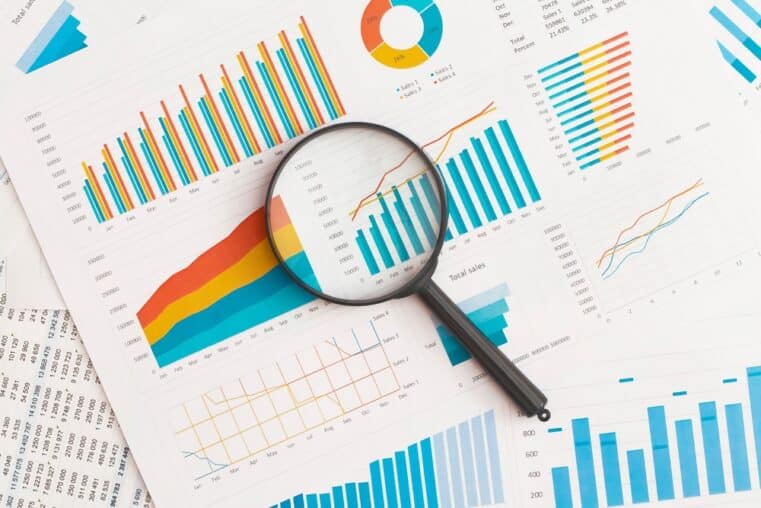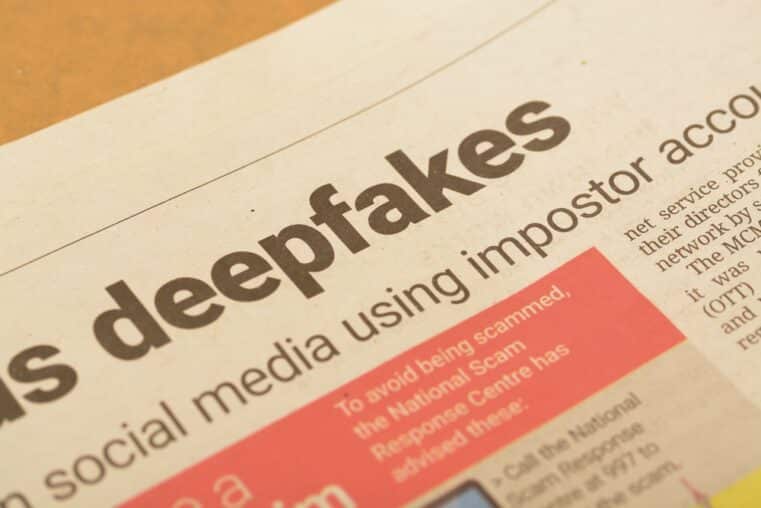
Tariffs, Inflation, and the Political Spin Machine
Trump’s Tariff Victory Lap
President Trump took to social media this morning to declare vindication: tariffs haven’t caused inflation, he says, despite “fearmongering” from economists, media outlets, and Wall Street. He boasted that “trillions” have flowed into the Treasury and claimed that foreign governments and corporations — not U.S. consumers — are footing most of the bill.
Trump singled out Goldman Sachs CEO David Solomon, mocking both his predictions and his side career as a DJ. In Trump’s telling, Goldman got it wrong on tariffs and markets, and refuses to admit it.
Goldman’s Counterpoint: The Costs Are Rising
Goldman Sachs economists see it differently. Their analysis shows that, as of June, U.S. consumers had absorbed about 22% of the tariff costs. They expect that number to jump to 67% by year-end, with businesses’ share of the costs dropping below 10%. Foreign exporters might take on more, but not nearly enough to shield American households.
Goldman estimates that this shift could push the Fed’s preferred inflation measure — core PCE — to 3.2% by December, versus 2.4% without tariff effects.
July CPI: The Data and the Narrative Battle
July’s CPI print came in at +0.2% month-over-month and +2.7% year-over-year, slightly cooler than expectations. Core CPI rose 0.3% MoM and 3.1% YoY, the highest since February. Price increases were strongest in medical care, airline fares, recreation, household furnishings, and used cars. Gasoline and food at home costs fell.
None of this paints the picture of a tariff-driven inflation crisis — but it’s also far from the zero-impact story the White House is selling. The biggest CPI movers (dental care, auto insurance, rent, medical care) have little to do with tariffs. Tariff-sensitive categories like new cars, apparel, and toys barely moved.
The Bigger Problem: Data as a Political Weapon
Here’s the real danger: when leaders and institutions use selective data to “prove” a point, they erode trust in the numbers themselves. Once people decide CPI or PCE is just another partisan talking point, the ability to have honest conversations about economic policy disappears. And without credible data, both markets and households fly blind.
That loss of trust isn’t hypothetical — it’s already here. Politicians spin inflation data to fit their narrative. Banks issue forecasts that, consciously or not, serve their market positions. Even the Bureau of Labor Statistics has shifted methodology in ways that make long-term comparisons harder, creating openings for conspiracy theories and bad-faith arguments on both sides.
Why You Should Care — And Act
Economic data is being shaped, framed, and in some cases massaged to serve political and financial agendas. The numbers you’re given may be technically accurate but contextually misleading — and that’s enough to derail your savings and investment decisions if you take them at face value.
The safe move is to treat all official economic reporting as potentially biased and plan accordingly. That means diversifying into assets outside the political system — gold, silver, and decentralized digital currencies — and keeping a portion of your wealth completely outside the reach of the banking sector.
Bill Brocius details exactly how to do this in his free guide, “7 Steps to Protect Your Account from Bank Failure”. Download it, learn how to insulate your money from policy risk, and join Bill’s Inner Circle for $19.95/month if you want the truth before it’s filtered through the political machine.











